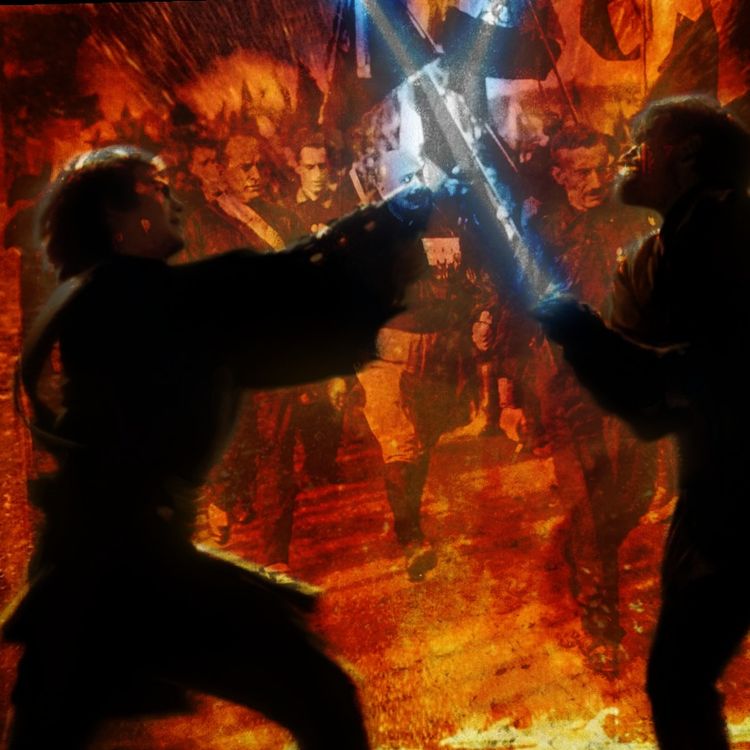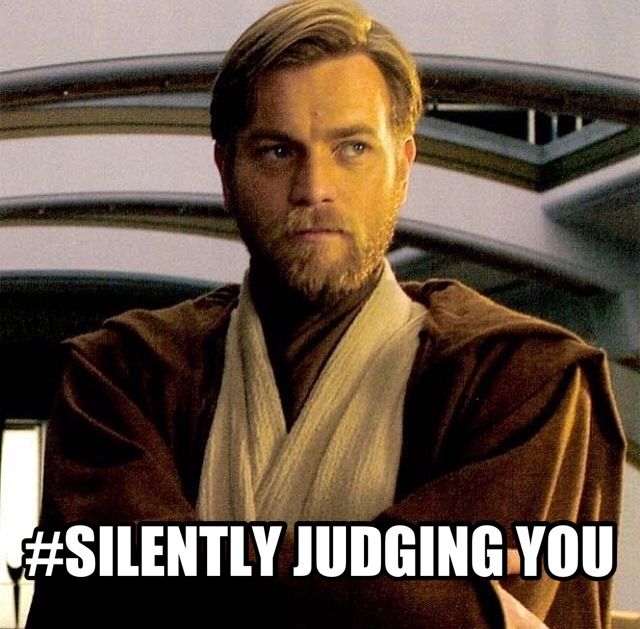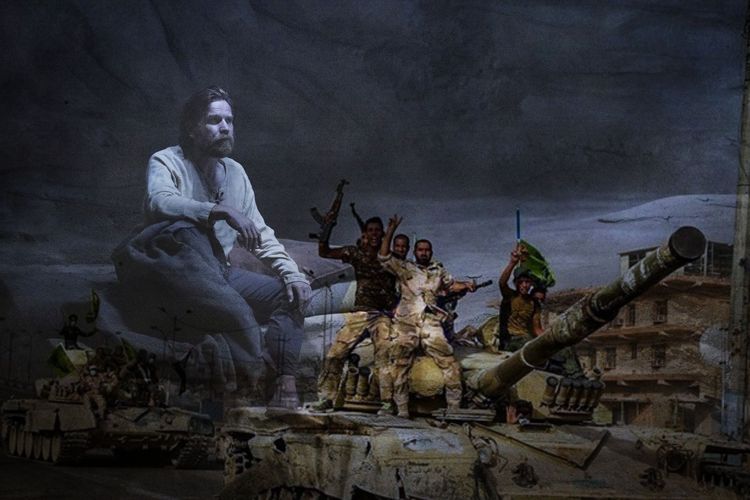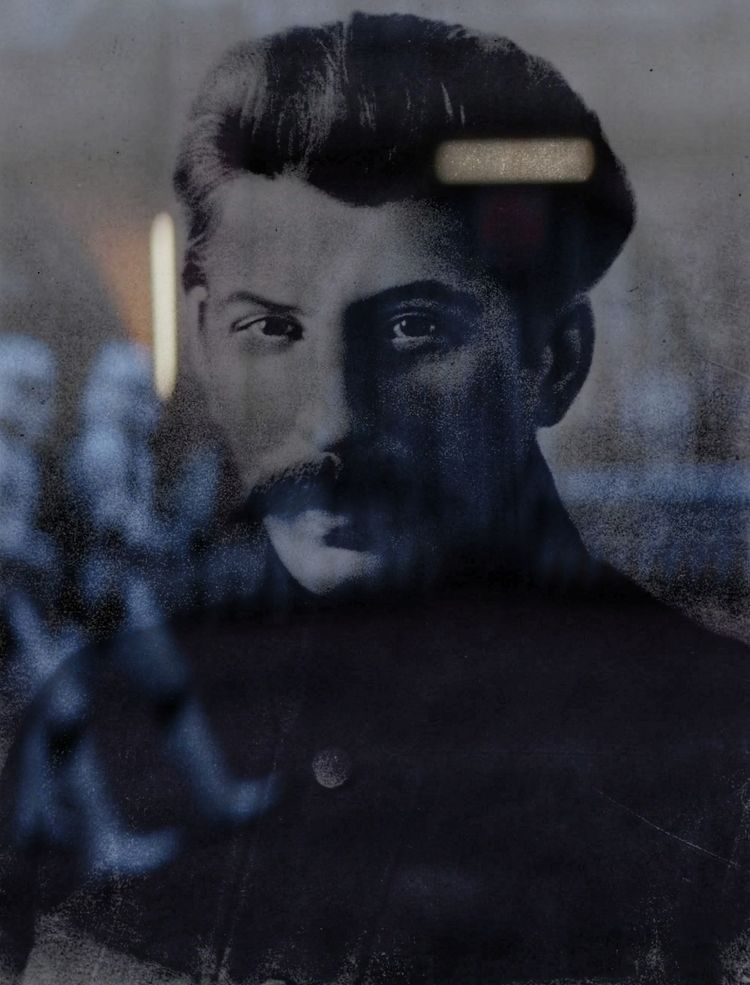Decline and Fall: The Military Makes The State
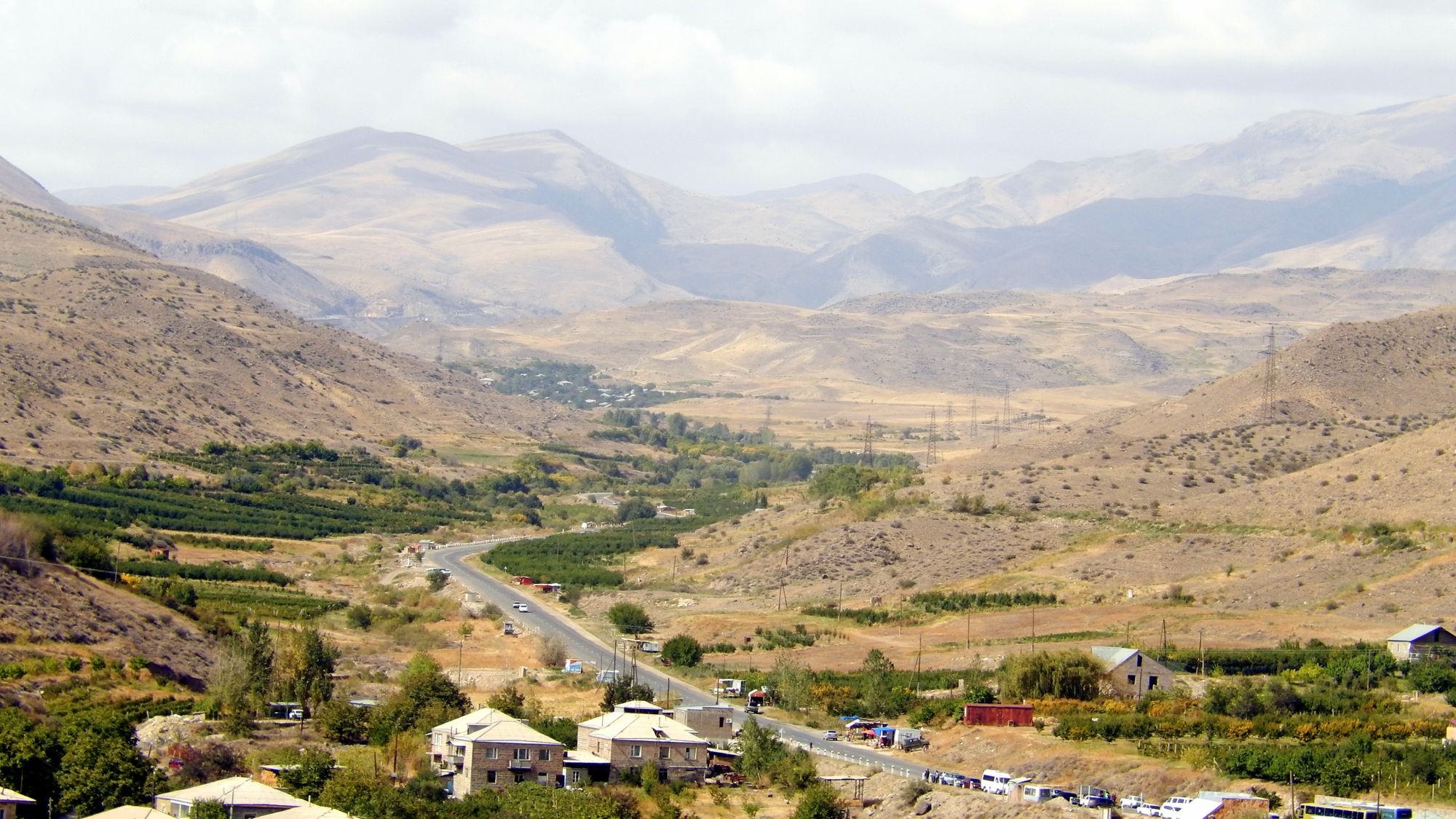
Matthieu Sakasian was halfway to the border of Azerbaijan when he realized Armenia was in trouble. War had broken out between the countries on September 27, 2020, and by the end of the first day, he had been watching on Twitter as villagers streamed out of the conflict zone.
French by birth, Sakasian moved to Armenia in 2017 following a Birthright Armenia trip where he met his future wife. The two relocated to Yerevan to get jobs in the burgeoning tech sector. When war broke out with Azerbaijan on September 27, 2020, Sakasian watched on Twitter as villagers streamed out of the conflict zone. The couple borrowed a van, raised some money, and started running canned goods and medical supplies down to the thousands newly displaced by the conflict.
During the 44-day engagement, Sakasian and other Armenians were treated to a crisp, stomach churning view of how the tools for viewing and waging war had changed. Perhaps no war had ever been fought in such a public view: on both sides, Gen-Z conscript armies funneled firsthand recordings back home — to be picked up and circulated by both countries’ large and extremely online diasporas. So while Armenians on Telegram and Twitter traded cell phone videos of their soldiers repelling Azerbaijanii platoons, the Azerbaijani information ministry fed its own keyboard warriors on high-resolution montages of Armenians being decimated by its new army.
At first, many Armenians Sakasian spoke with assumed the images — of their tanks vaporized from the air by drones they couldn’t reach; of helpless soldiers thrown in the air like rag dolls by smart missiles fired by drones they couldn’t see — had been faked. But during his relief runs, Sakasian began to understand the awful truth: their side was fighting with Cold War playbooks and technology against an adversary armed with the precision killing power of new drones and autonomous weapons.
By the time the war ended with a ceasefire — functionally an Armenian surrender — on November 9, the truth was clear to everybody: that the Armenian army, technically outmatched and logistically broken, was collapsing. It was, Sakasian said, “a very tough audit”: a chastening blow for Armenia’s tech sector, which had been a bright light and driving force behind the very new democracy.
Now, a country that had been riding high, that had reimagined itself — in no small part because of the tech sector — as the only real democracy in the region had been defeated, demoralized and pushed into political crisis by its military’s lack of technical prowess.
The conflict fractured Armenia. For some, it suggested the country was no longer a safe base to build an economy. For others, it showed how Armenia’s tech revolution had wasted time on noise-canceling and photo editing apps when enemies waited outside. And for still others in the tech sector, it suggested a way forward. Armenia could become the Israel of the Caucasus, using its fraught geopolitical foundation and powerful diaspora as the foundation of a military tech powerhouse. It could do as so many humiliated and angry countries had done: rebuild its state around the forever war.
Welcome to Heat Death, the newsletter that knows situations are most normal when they’re all fucked up. September finds both of the Brothers Elbein in Austin, celebrating the turn of the lunar year and enjoying being in the same place, for once.
Saul has been doing hanging out in Austin for the first time in years, marveling at how much a place can change while still feeling utterly, disconcertingly the same.
Asher, meanwhile, has been busied himself this weekend in building terrariums, full of ferns and moss and bright, trickling waterfalls. (It’s astonishing, the magic you can make with a little bit of plastic tubing and a cheap aquarium pump. He fears he’s caught...the itch.) In his latest work for the New York Times, he also wrote about the discovery of a bizarre new arthropod predator from the primordial depths of the Cambrian, back when hunting and eating other living things was new and exciting development.
But enough of the softer things: let’s talk about war. War is catnip for storytellers, even — perhaps especially — those who view it with suspicion and horror. It’s the historical activity that gets the lions’ share of people’s attention: it’s dramatic, full of high emotion and gripping stakes and devastating pathos. It is an absolutely hideous waste of human life, often prosecuted with stupidity and cruelty, a machine that feeds on flesh and treasure and potential, and produces only mounds of the dead.
Well, that’s not quite accurate. War produces a lot of other things, too. War makes empires, opens up new lands to be cracked open and digested, rescrambles political fortunes, field tests new technologies. War changes the societies that take part in it. War is the crack in the glass, the tear in the fabric, the open wound. Heal it, patch it, seal it: the sundering remains. The results of every conflict ripple out, and nobody can quite say where they’ll lead. (Except, too often, to another one. Wars are like mushrooms: the same network can keep sending up shoot after shoot and shoot.)
We’re going to be thinking a lot about war in future issues of this newsletter, in part because of our new project: DECLINE AND FALL, our subscribers-only history of Star Wars. This week, Asher provides a statement of purpose for the project, laying out our approach and what you can broadly expect. And in this week’s feature, Saul takes us back to Armenia for a look at how, a few months ago and not so very far away — cosmically speaking — a sharp military defeat upended the self-image of a small country, and what might happen next.
It’s Heat Death. Stay with us.

The Star Wars Story: Introducing DECLINE AND FALL
Asher here. As long as we have been alive the story has been there, unfurling slow and insidious in the background, a blood-soaked national epic disguised as a fairy-tale. In 1977, a young man born in the last years of World War II—made famous by his portrayals of adolescent rebellion, and hardened politically by Watergate and Vietnam—released a movie about corruption, betrayal, the collapse of democracy, and the long dark tail of war.
It was not the movie he had wanted to make. He had tried, and failed, to get the rights to the Flash Gordon serials of his youth. Unable to re-shoot those movies, George Lucas remade them, in the form of a cobbled-together pastiche of space travel, homegrown myth, and Nixon’s America; the tale of an all-powerful empire brought low by a small, committed insurgency, rolling out across the country under the schlocky name of Star Wars.
“It was really about the Vietnam War, and that was the period where Nixon was trying to run for another term, which got me to thinking historically about how do democracies get turned into dictatorships,” Lucas told the Chicago Tribune many years after A New Hope. “Because the democracies aren’t overthrown; they’re given away.”
The story Lucas told in those first installments of Star Wars was an uplifting parable, ending in 1983 with the collapse of the Imperial dictatorship; the implied return of liberal democracy; and the return of “balance” to the galaxy (and the larger cosmos). Thus was born the defining American epic: an anti-imperialist saga that became—somehow—the biggest merchandising thing on the planet, and an imperial project in its own right.
Star Wars is many things, you see. It’s the triumphant rebel spirit of antifascists and Standing Rock, where Saul and a crew of Indigenous water protectors braved the frigid North Dakota winter to see Rogue One. It’s the conservative dream of peace through war, of weapons satellites pointed downwards, protecting ‘freedom.” It’s the open hand, and the iron fist.
And it is also a distillation for some of the dumbest, weirdest, and most subversive currents currents in American life.
In creating a parallel universe with its own unique history, Lucas — along with collaborators like Lawrence Kasdan and heirs like Rian Johnson — tied it inexorably to our own. The story of Star Wars unfolds over nine movies and forty years, against the backdrop of the slow collapse of America’s post-World War II hegemony. It tracks the descent of a republic into factionalism and civil war, a conflict that burns without end for decades, leaving nothing but anarchy and chaos.
We’re going to tell you that story — of how Star Wars became an all-conquering cultural behemoth, the political and military events it reacted to, and in the in-universe saga it told. It’s the tale of frontiers, the rise and dissolution of America’s military empire, and the harm left in its wake. It’s an exploration of how wars and the will to power fester and pollute everything and everyone they touch. It’s about the ways the seed of warning in A New Hope bloomed and bore the bitterest of fruit.
This project is going to loose and a little wild. Bringing in Saul’s years of post-conflict reporting in Cambodia, Guatemala, and the Philippines, and my years of cultural reporting, we’re going to proceed in roughly chronological order from the prequel trilogy to the sequel trilogy, stopping along the way to investigate interesting nooks and crannies of global history and current affairs. We aren’t interested in litigating the “goodness” of any particular installment. (In fact, we believe that the worst of Star Wars, like the country that produced it, is often its most revealing.)
Here’s the broad arc we’re planning on pursuing, which is subject to change as the mood takes us.
- 2000s -- “Democracy Dies With Thunderous Applause” -- the Bush Era, the Prequel Trilogy, and the Fall of the Republic.
- 1980s -- “Flash Gordon redux” -- Lucas, Vietnam, Nixon, and the Original Trilogy
- 1990s -- “The World That Might Have Been” -- the in-print Expanded Universe, the New Republic, and the Clintonian End of History.
- 2010s -- “The End of Hope” -- The final trilogy, the accession of Disney, the rot of American interventionism, and the rise of Trump.
Through this project, we’re holding to a simple thesis: America is the specific lens through which you can understand Star Wars. And through Star Wars, you can better understand America.
This is DECLINE AND FALL, only on Heat Death. If that sounds good to you, you can subscribe here for just 5$ a month, and get that, as well as reported features like the one coming up after the cut.
Now, back to Saul and Armenia, which over six weeks in the fall of 2020 fought — and lost — the kind of triumphal, nationalist high-tech war-for-democracy that Star Wars proclaims as right and good. It didn’t go well, and it serves as a case study for what war does to new democracies seeking to emerge from the shadow of the Empire.


